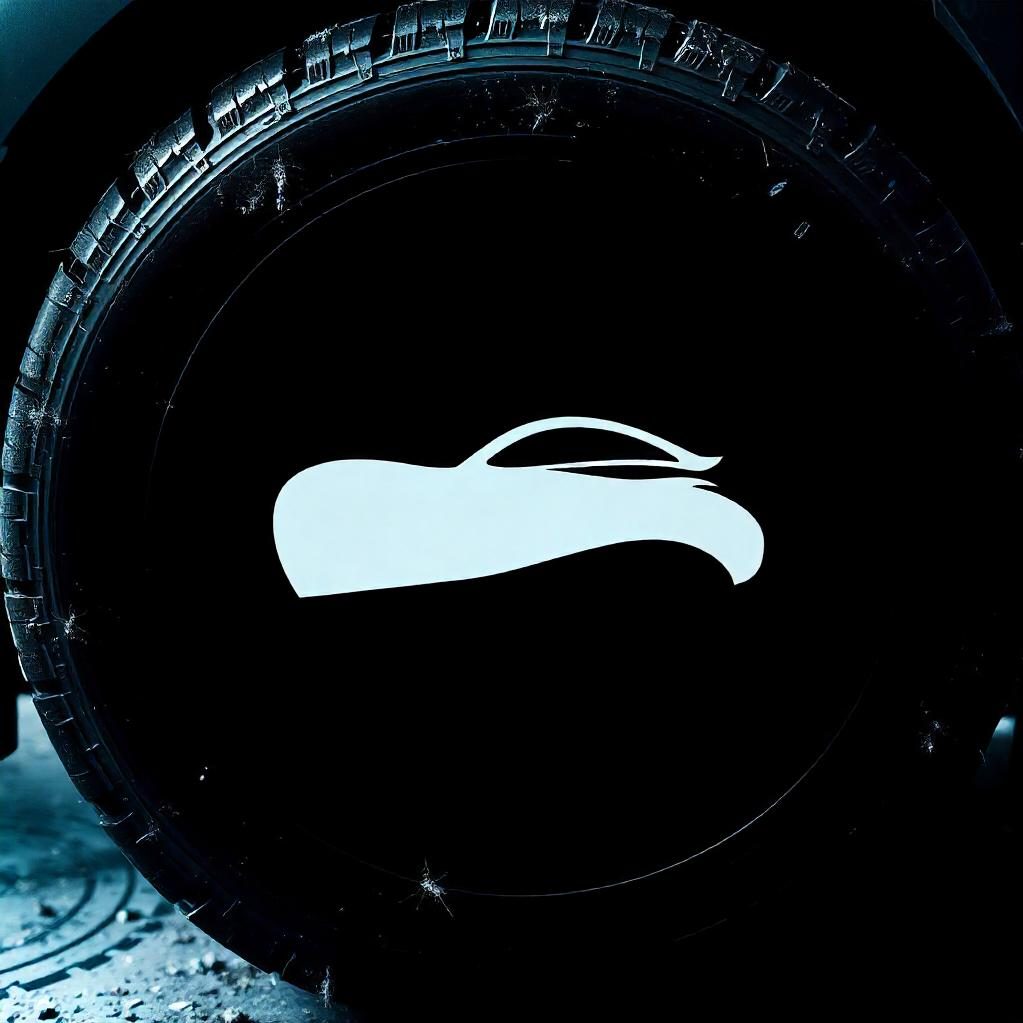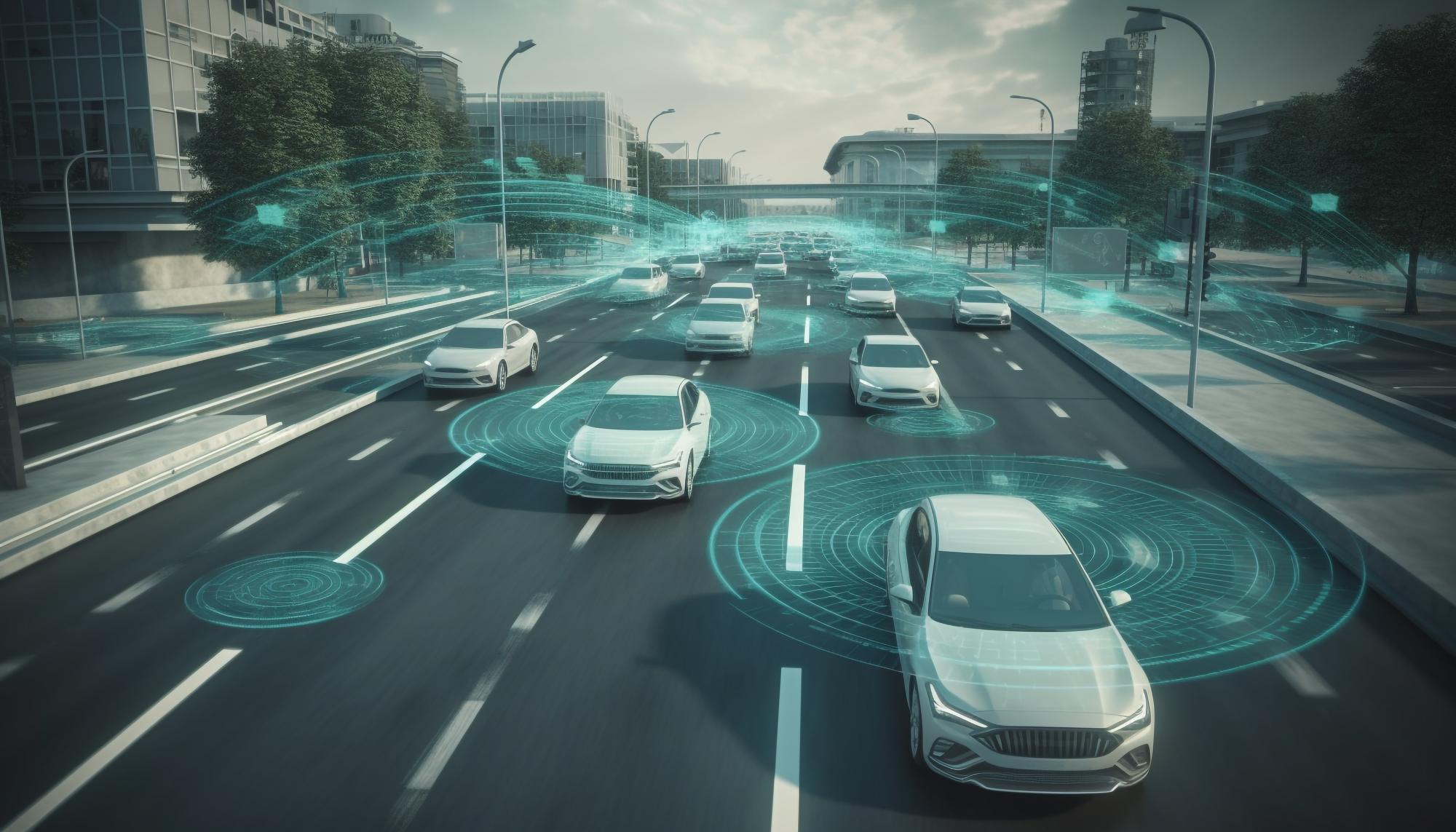Car safety has evolved dramatically over the years. From seat belts and airbags to advanced driver assistance systems (ADAS), vehicle manufacturers are constantly introducing new technologies to make driving safer. These revolutionary car safety features are not only designed to protect drivers and passengers but also to prevent accidents and reduce road fatalities. Let’s take a look at some of the most groundbreaking safety features that are changing the way we drive.
1. Automatic Emergency Braking (AEB)
Automatic Emergency Braking is a critical feature that can prevent accidents or reduce the severity of a collision. It works by detecting an impending collision with an obstacle, vehicle, or pedestrian and automatically applying the brakes if the driver fails to act in time.
- How it Works: AEB uses sensors like radar and cameras to constantly monitor the road ahead. If it detects an object in the vehicle’s path and the driver does not respond quickly enough, the system will engage the brakes to avoid or mitigate the collision.
- Why It’s Revolutionary: AEB has been proven to significantly reduce rear-end collisions, a common type of crash. This technology is becoming standard on many new vehicles, offering an added layer of protection for drivers and pedestrians alike.
2. Lane Departure Warning (LDW) and Lane Keeping Assist (LKA)
Lane Departure Warning (LDW) and Lane Keeping Assist (LKA) are two safety features designed to help drivers stay in their lane and avoid unintentional drifting. These systems use cameras to monitor lane markings on the road.
- Lane Departure Warning: Alerts the driver with a visual or audible warning if the vehicle unintentionally drifts out of its lane without signaling.
- Lane Keeping Assist: Takes it a step further by gently steering the car back into the lane if it detects drifting.
- Why It’s Revolutionary: LDW and LKA are particularly helpful for preventing accidents caused by distractions, drowsiness, or momentary lapses in attention, offering an extra layer of vigilance on the road.
3. Blind Spot Detection and Rear Cross-Traffic Alert
Blind Spot Detection and Rear Cross-Traffic Alert are essential features for improving visibility and helping drivers avoid accidents when changing lanes or reversing.
- Blind Spot Detection: Alerts drivers when there is a vehicle in their blind spot, typically using radar or sensors. It often provides a visual or audible warning when the driver intends to change lanes.
- Rear Cross-Traffic Alert: Helps when reversing out of parking spots by alerting the driver to approaching vehicles or pedestrians from behind, which may not be visible in the rearview mirror.
- Why It’s Revolutionary: These technologies address one of the most dangerous blind spots in driving, helping to avoid side-impact crashes and accidents while reversing, which are common causes of injury.
4. Adaptive Cruise Control (ACC)
Adaptive Cruise Control is a more advanced version of traditional cruise control. It maintains a preset speed but also adjusts to the traffic around you.
- How it Works: ACC uses radar and cameras to detect the distance between your vehicle and the one ahead. If the vehicle in front slows down, the system automatically reduces speed to maintain a safe distance. Once the road clears, it will accelerate back to the preset speed.
- Why It’s Revolutionary: ACC makes highway driving more comfortable and reduces the stress of constantly adjusting speed in traffic. It also enhances safety by ensuring a consistent following distance, which reduces the likelihood of rear-end collisions.
5. Pedestrian Detection
Pedestrian Detection is a crucial feature designed to prevent accidents involving pedestrians, one of the most vulnerable groups on the road.
- How it Works: Using cameras and radar, this system can identify pedestrians crossing the road in front of the vehicle. If a potential collision is detected, it will warn the driver or automatically apply the brakes to avoid impact.
- Why It’s Revolutionary: Pedestrian fatalities are a significant concern, and this technology is designed to prevent accidents in urban environments or other areas where pedestrians and vehicles share the road. By reacting quickly, it can prevent or reduce injuries.
6. Rearview Camera and Parking Sensors
Rearview cameras and parking sensors make parking and reversing much safer and easier by providing a clear view of the area behind the vehicle and alerting drivers to obstacles.
- Rearview Camera: Provides a live video feed of the area behind the car, which is displayed on the dashboard screen when reversing.
- Parking Sensors: Use ultrasonic sensors to detect objects around the vehicle and provide audible alerts if you’re getting too close to something.
- Why It’s Revolutionary: These features are extremely helpful in tight spaces or when backing into parking spots. Rearview cameras are now required by law in many countries, significantly reducing accidents during parking maneuvers.
Conclusion
The future of car safety is bright, thanks to innovative technologies that are making vehicles safer than ever before. Features like Automatic Emergency Braking, Lane Departure Warning, Blind Spot Detection, Adaptive Cruise Control, Pedestrian Detection, and Rearview Cameras are transforming the way we drive. These advancements not only reduce the risk of accidents but also help save lives, making roads safer for everyone. As car manufacturers continue to push the boundaries of safety, we can expect even more revolutionary features in the years to come.


